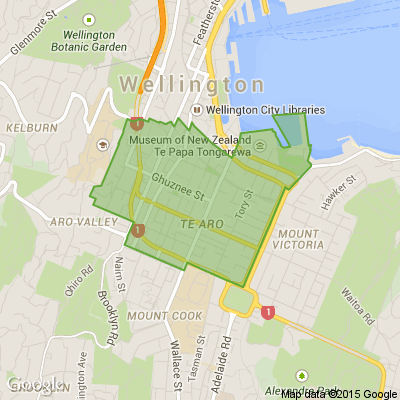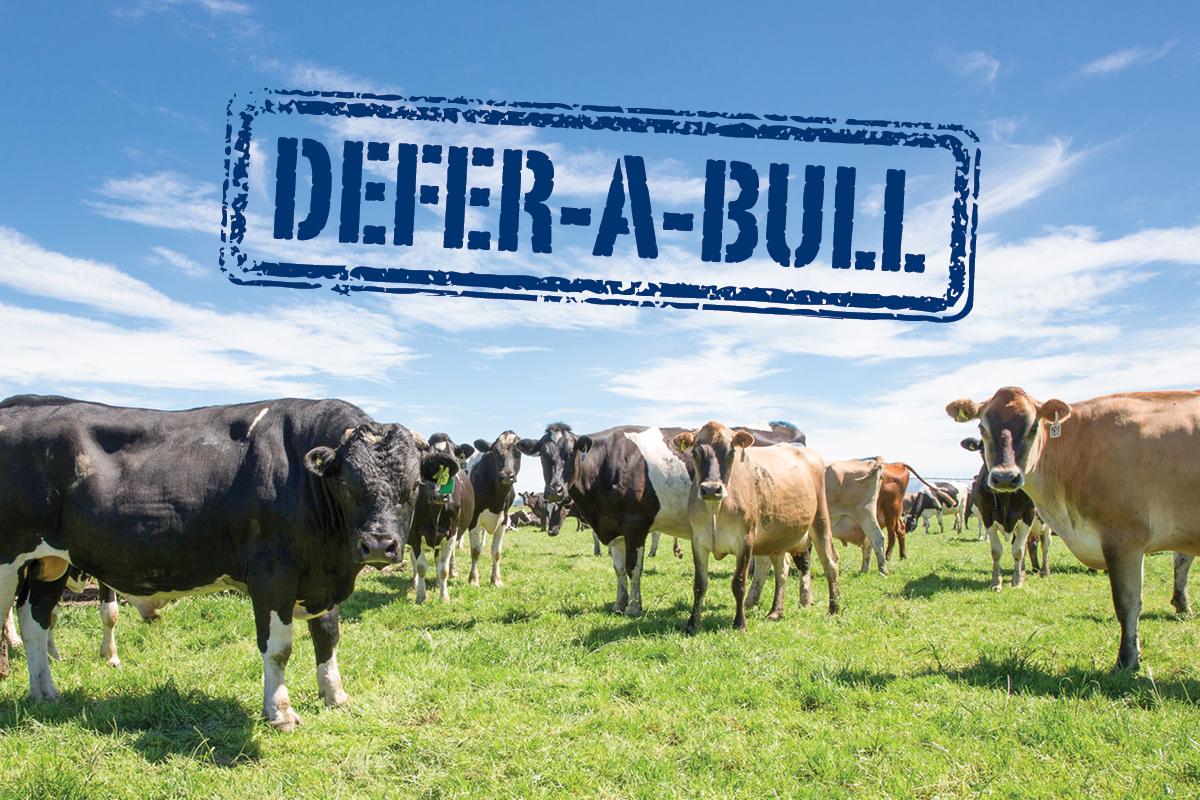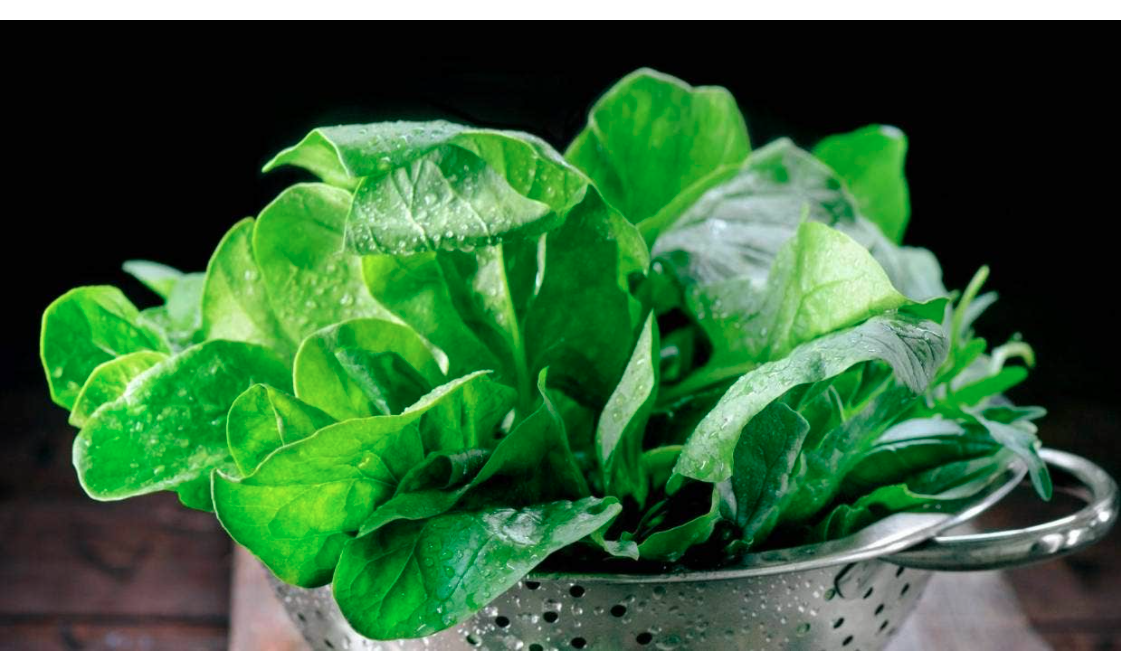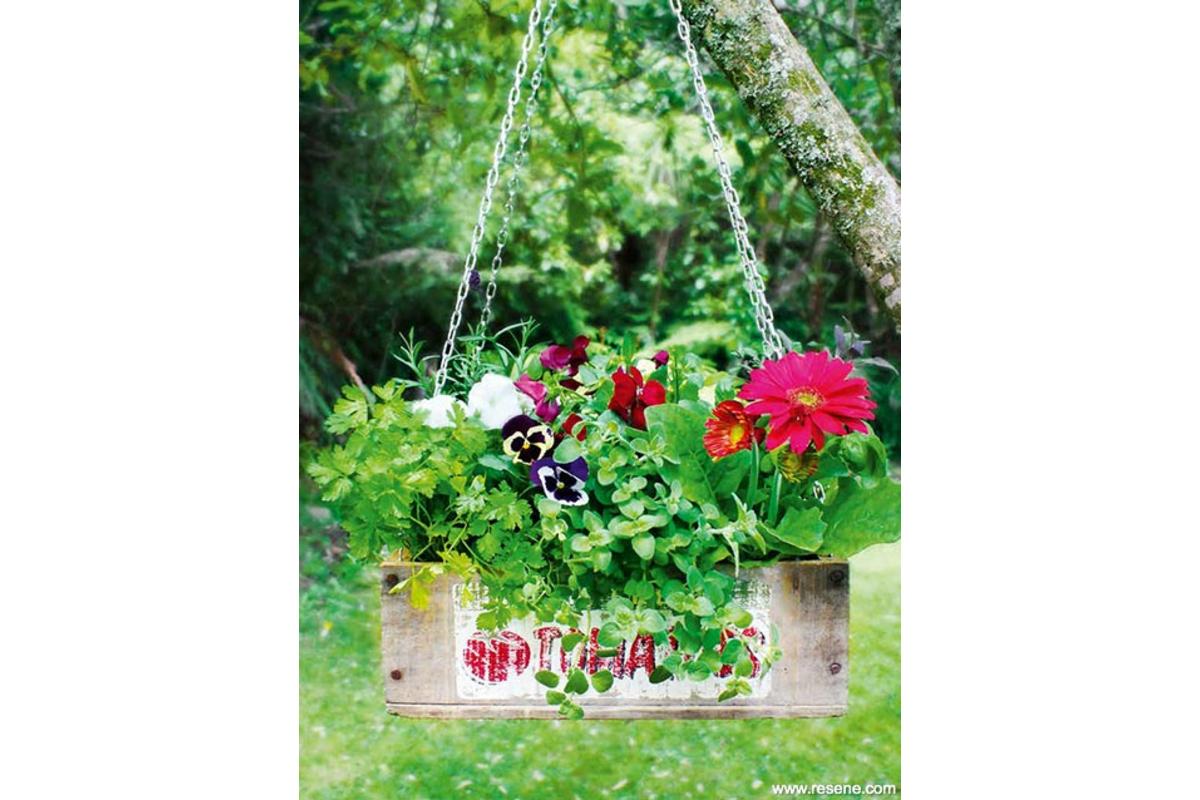
Know what’s happening
Access the private noticeboard for verified neighbours near you. Keep informed about any suspicious activity, send urgent updates to your neighbours when required and discuss emergency planning.
Get to know your neighbours
Browse the directory and start getting to know your neighbours. Don’t want to post to the whole neighbourhood? Send a private message.
Buy, sell and give away
Want to declutter your garage? Buy some used household items? Give away some garden stuff? Become a verified neighbour to browse and post items for sale. Trading is simple when everyone lives nearby.


Ryman’s Walk in Wednesdays
Ryman villages across the country are open every Wednesday in November.

Thank you for using Neighbourly
You may receive an email confirmation for any offer you selected. The associated companies will contact you directly to activate your requests.
Mary from Hataitai
Does anyone have a recommendation for landscapers and/or pavers for laying grass and paving?
"We’d been trying to recruit a young person for a couple of years", says Stainless Machinings owner Brian Lawry. “We’d been in touch with local high schools to arrange work experience at our precision component business and liaised with many career advisors and even advertised at … View more"We’d been trying to recruit a young person for a couple of years", says Stainless Machinings owner Brian Lawry. “We’d been in touch with local high schools to arrange work experience at our precision component business and liaised with many career advisors and even advertised at Manukau Institute of Technology (MIT), but with no success.”
After years of searching for a new recruit for their business, Auckland engineering firm Stainless Machinings turned to Competenz’s free job matching service to find them an ideal candidate.
In the space of a few short months, school leaver Stuart Martin joined the company.
Read the full story at the link below.
If you are an employer looking for the right apprentice for your business, get in touch with us to make use of our free job matching service

Reporter Community News
Our Pet of the Day is Toby Boy from Waikanae Beach who belongs to Karen Gillam.
Remember if you want your pet featured on Neighbourly, email us on yourpet@dompost.co.nz with a recent photo. Please remember to say what suburb you live in.
12 replies (Members only)
Bruce from Oriental Bay
Hi
Ukulele player looking for a bass, bass guitar or cello player to collaborate on americana, folk and blues covers. Ability to read music not essential but a good ear will definitely help. Phone Bruce 0212811402
Angela Quigan Reporter from Stuff
Hi neighbours,
The Tokyo Olympics are about to kick off, and some of our country's best sports stars are set to represent New Zealand on the world stage.
The opening ceremony takes place on Friday (about 11pm NZ time), and the Games will run through until August 8.
Over the next … View moreHi neighbours,
The Tokyo Olympics are about to kick off, and some of our country's best sports stars are set to represent New Zealand on the world stage.
The opening ceremony takes place on Friday (about 11pm NZ time), and the Games will run through until August 8.
Over the next two-and-a-half weeks, some of the world’s best athletes competing in a range of sports will battle it out in Tokyo in the hopes of walking away with a medal.
So get your New Zealand flags and popcorn ready and sign up for our Tokyo Olympics newsletter to have all the highlights, talking points, medal tally and analysis delivered to your inbox every day. Click here.
We'll also be live blogging our Kiwi athletes' events every day of the Games. Just bookmark this page to stay up to date.
88 replies (Members only)
Reporter Community News
This could be a tricky one. Who knows the history of this photo?

33 replies (Members only)
Low levels of digital literacy among staff is a challenge facing many manufacturing businesses, and strengthening those skills is not only essential to meet rapid technological changes in the workplace, it’s vital to increasing productivity.
“As technology progresses and we move further into… View moreLow levels of digital literacy among staff is a challenge facing many manufacturing businesses, and strengthening those skills is not only essential to meet rapid technological changes in the workplace, it’s vital to increasing productivity.
“As technology progresses and we move further into Industry 4.0, workers must be upskilled to keep pace with new systems and processes, especially older employees who are not digital natives, but who have invaluable experience in their fields,” says Competenz Sector Manager Jahn Vannisselroy
Competenz has developed a new micro-credential to meet the demands brought about by Industry 4.0.
Read the full article here

Hi there!
Here at Trade Me we're chuffed to let you know we’ve launched our Kindness Store again for winter, supporting KidsCan and the great work they do making sure our tamariki have a fair start – after all, little Kiwis can’t learn when they’re hungry, wet, and cold.
We’ve… View moreHi there!
Here at Trade Me we're chuffed to let you know we’ve launched our Kindness Store again for winter, supporting KidsCan and the great work they do making sure our tamariki have a fair start – after all, little Kiwis can’t learn when they’re hungry, wet, and cold.
We’ve stocked the store with all the essentials. Think fleece-lined rain coats and shoes to keep kids warm and dry, and warm, healthy food.
Just pick, click, and give now – we take care of the rest, making sure your purchase gets to KidsCan.
Learn more

Robert Anderson from Curtain Clean Wellington (The Wash House)
When it’s time to replace your curtains, most of us only worry about cost and style. But did you know this choice can make a massive difference to how warm and comfortable your home will be over winter? We tested which types were most effective at reducing heat loss in your home.
The … View moreWhen it’s time to replace your curtains, most of us only worry about cost and style. But did you know this choice can make a massive difference to how warm and comfortable your home will be over winter? We tested which types were most effective at reducing heat loss in your home.
The problem: If you have an insulated house, you can lose upwards of 45% of your heat through your windows. This drops to 30% in an uninsulated home, since it’s easier for heat to escape through the walls, ceiling and floors. This shows the importance of choosing wisely when it comes to your curtains or blinds; the right window coverings can save two-thirds of the heat lost through your windows.
Our test: We measured heat loss through an aluminium-framed single-glazed window fitted with different window coverings. The window was fitted to a mini-room inside our Thermal Comfort lab. The lab temperature was reduced to 4°C to simulate a chilly winter night, while an electric heater inside the mini-room beavered away to maintain a temperature of 20°C.
The different window coverings were tested for at least three hours and we measured the total power usage from the heater, along with the difference between indoor and outdoor temperature. These readings were then used to calculate how effective each window covering was at stopping heat escaping.
Reverse chimneys: Cool air is denser (heavier) than warm air. When it’s cold outside, the inside air close to a window pane is cooled and tends to sink. As this cooled air sinks, it gets replaced by warmer air from other of the room. This creates a circulating air current that cools the room parts.
Curtains that aren’t sealed at the top or bottom to stop these air currents can make the situation worse by forming a channel between the window and curtain. This allows cooled air to flow continuously and chill the room faster.
We tested two types of curtains, thermal and heavy lined, cut to both sill and floor length. The thermal curtains were in a single drop and had a plastic coating bonded to the fabric. You might have expected the thermal curtains would perform better, but the extra layer of fabric in the pricier heavy lined curtains made them better insulators. If you’re getting curtains fitted, opt for floor-length as they keep in heat better than ones that sit at the sill.
Which blinds are best?
We tested five types of blinds: honeycomb, roman, roller, and aluminium and wooden venetians.
Our blinds were installed within the window frame (with the exception of the romans), so there was no gap (like the one between the back of the curtain and the window frame) to allow a reverse chimney to form. Honeycomb blinds easily topped our testing for all window coverings. Air is a good insulator, as long as it’s not moving, and the honeycomb structure creates a large, still air gap between the cold window pane and the warm inside air.
Also, the honeycomb blinds fitted closer to the sides of the window frame than our other tested blinds, which also helped reduce heat loss.
While their public baths may have gone out of fashion, roman blinds are still going strong. Roman blinds were the best window covering after the honeycomb blinds and secondary double-glazing options. A roman blind’s good performance comes down to the close fit it has over the window frame. This good seal, along with a close fit to the wall at the top, helps retain heat.
Keep reading: www.curtainclean.co.nz...

Apply for a Defer-A-Bull purchase agreement today – a simple, cost effective solution when sourcing your dairy service bulls.
Secure your bull team early with no repayments until bulls are sold.
Find out more

Debbie from Brooklyn
Giving children the opportunity to dance !
Enrol now for term 3 (starting week of 2nd August 2021)
Brooklyn and Newtown venues, Wellington
Fun classes for Pre & School age children (3-5yrs)
Ballet and Jazz classes (5-10yrs)
Visit: www.db4dance.co.nz... / enrol: info@db4dance.co.nz

Mei Leng Wong Reporter from NZ Gardener & Get Growing
Dear neighbours,
Every month, NZ Gardener runs a series of tested reader recipes using a seasonal crop. We are now on the hunt for spinach recipes, so send your best ones to mailbox@nzgardener.co.nz before July 26, 2021.
Every published recipe wins a copy of our special edition Homegrown Recipes.

Reporter Community News
Our SPCA Pet of the Day is Sasha.
"I am super sweet and affectionate, but happy with my own company if you need to go out or to work. I am looking for a quiet home with a warm sunny spot so I can soak up the sun and dream. I don't really like sharing my space with other cats, so a home … View moreOur SPCA Pet of the Day is Sasha.
"I am super sweet and affectionate, but happy with my own company if you need to go out or to work. I am looking for a quiet home with a warm sunny spot so I can soak up the sun and dream. I don't really like sharing my space with other cats, so a home without them would be ideal. I am an older cat, so a home without other animals would be best. I am just looking for a home and I promise not to be a burden. I only ask if someone could brush me once and a while and talk kindly to me."

The Team from Resene ColorShop Basin Reserve
Give an old wooden crate a charming second life with Resene.
Find out how to create your own.

Iona from Grow My Business
What if you could turn your website into your most powerful tool for attracting and converting new business?
We’ve put together a free training video series to step you through EXACTLY what a website needs to attract and convert more customers and grow your business, in just 5 days
In this … View moreWhat if you could turn your website into your most powerful tool for attracting and converting new business?
We’ve put together a free training video series to step you through EXACTLY what a website needs to attract and convert more customers and grow your business, in just 5 days
In this website training series you will learn:
*The four key pages every small business website needs
*How to structure these key pages to connect with your ideal client
*The 5 things you need to know to create compelling content
*How to move your customer towards conversion
*How to create an opt-in for your website to increase your email list and nurture potential new clients towards working with you
growmybusiness.co.nz...

 Loading…
Loading…
Are you sure? Deleting this message permanently removes it from the Neighbourly website.
 Loading…
Loading…

 Price Upon Application
Price Upon Application



 Marketed by Katie Underwood
Marketed by Katie Underwood

 Fixed Price $499,000
Fixed Price $499,000


 Marketed by Chris Robinson
Marketed by Chris Robinson

 Enquiries Over $595,000
Enquiries Over $595,000


 Marketed by Andrea Skews
Marketed by Andrea Skews

 Enquiries over $595,000
Enquiries over $595,000


 Marketed by Ben Ryan
Marketed by Ben Ryan

 Enquiries over $895,000
Enquiries over $895,000


 Marketed by Ben Ryan
Marketed by Ben Ryan

 Fixed Price $395,000
Fixed Price $395,000


 Marketed by Chris Robinson
Marketed by Chris Robinson

 BEO $2,795,000
BEO $2,795,000



 Marketed by Mat Baxter
Marketed by Mat Baxter

 Auction
Auction



 Marketed by Ben Atwill
Marketed by Ben Atwill
© Neighbourly 2024
